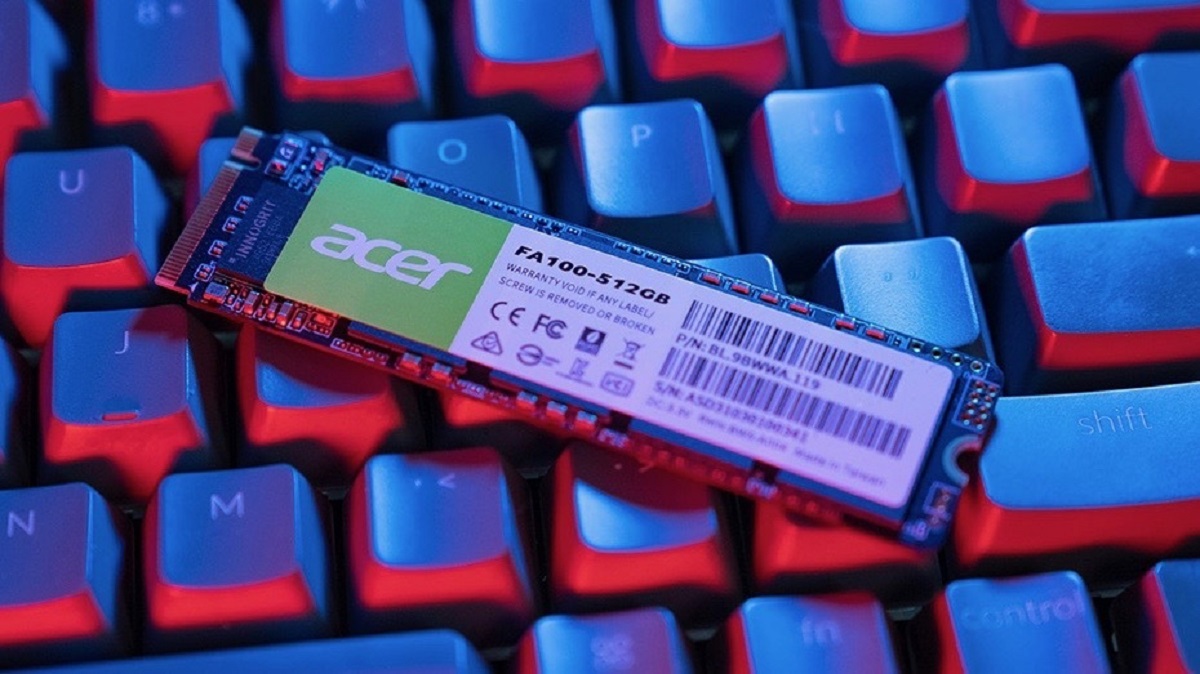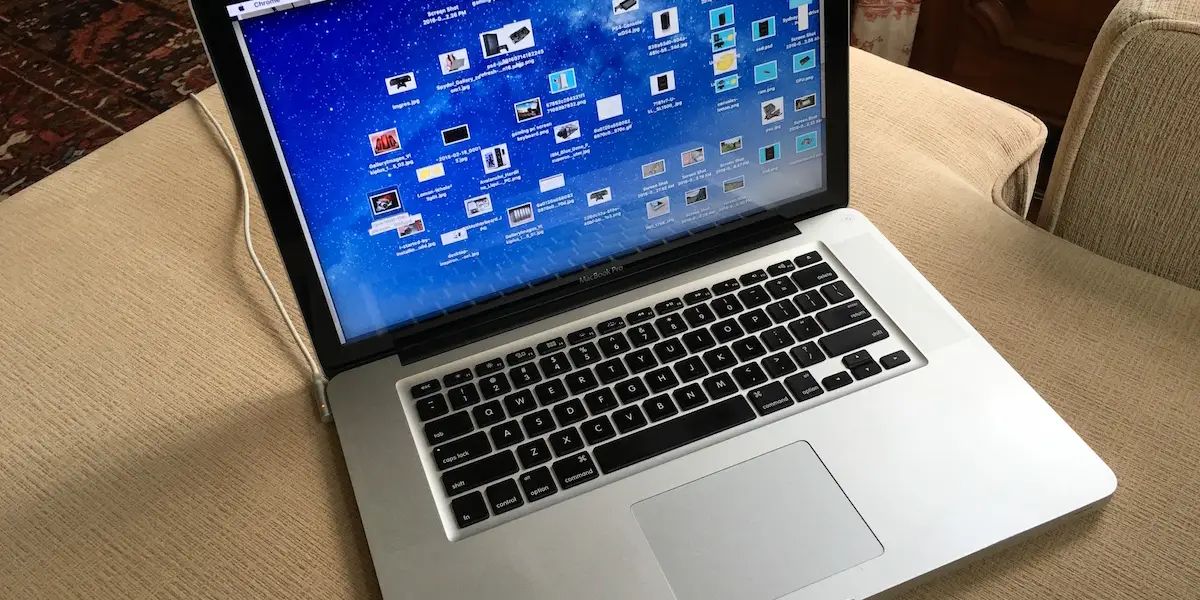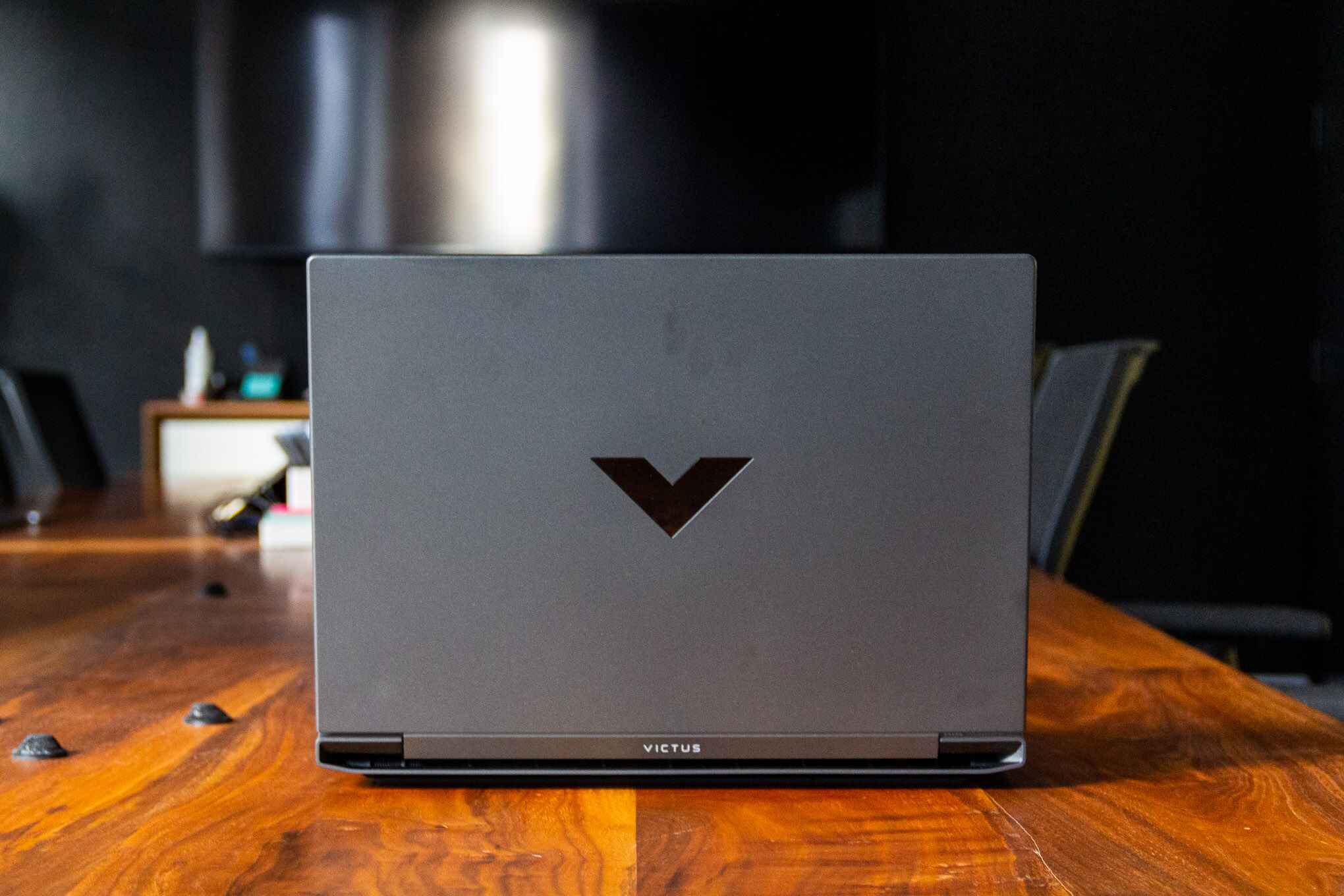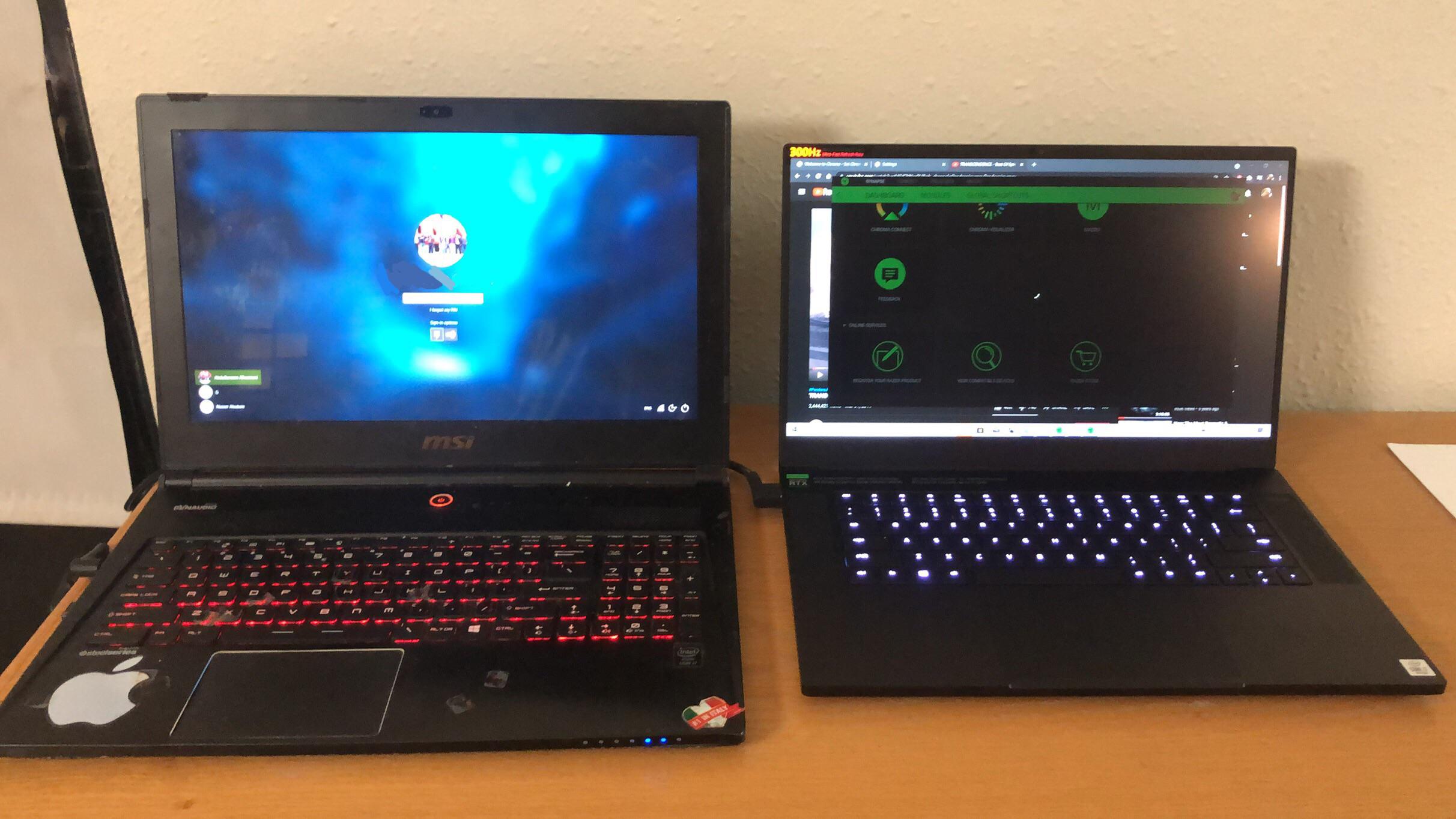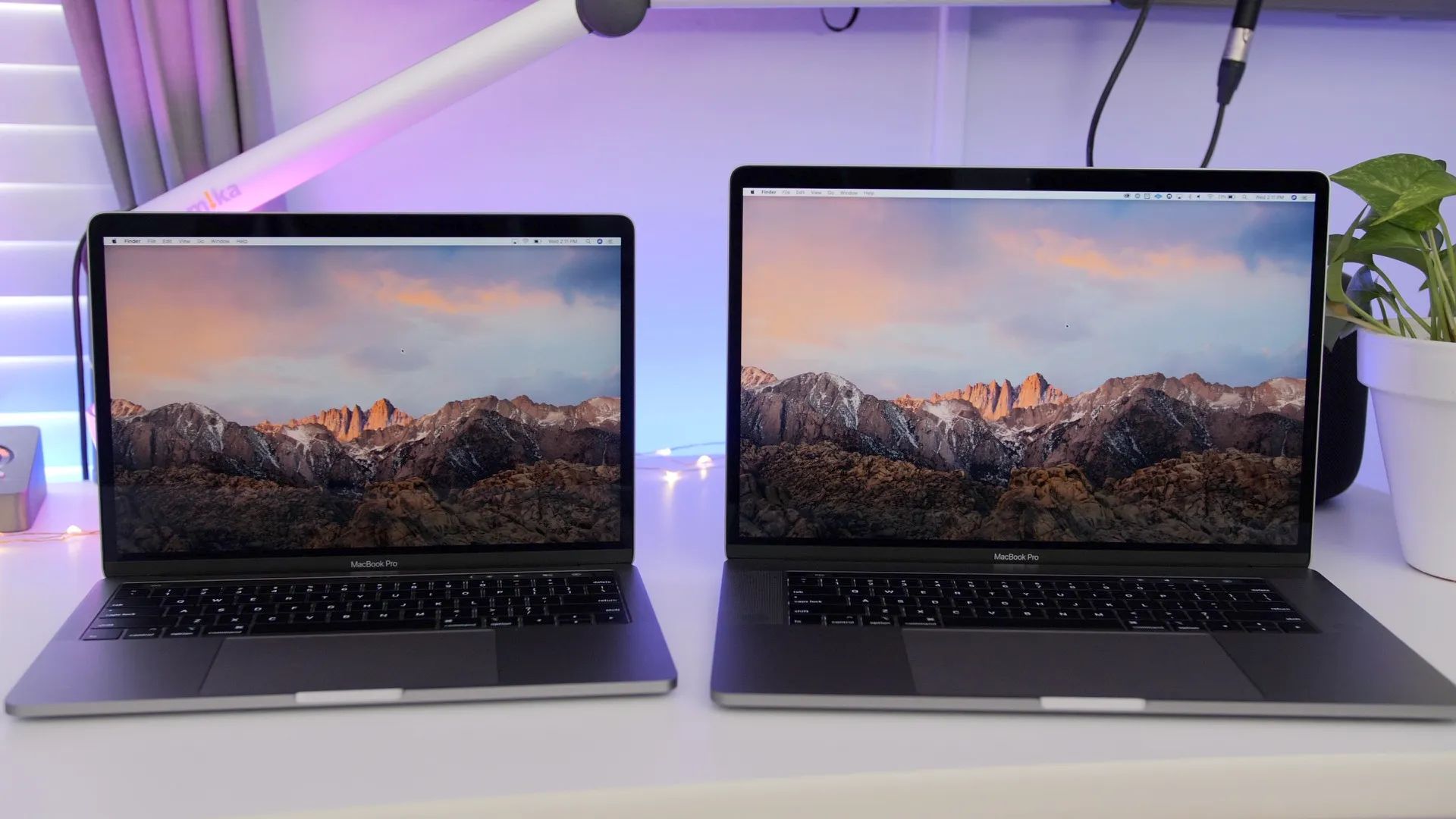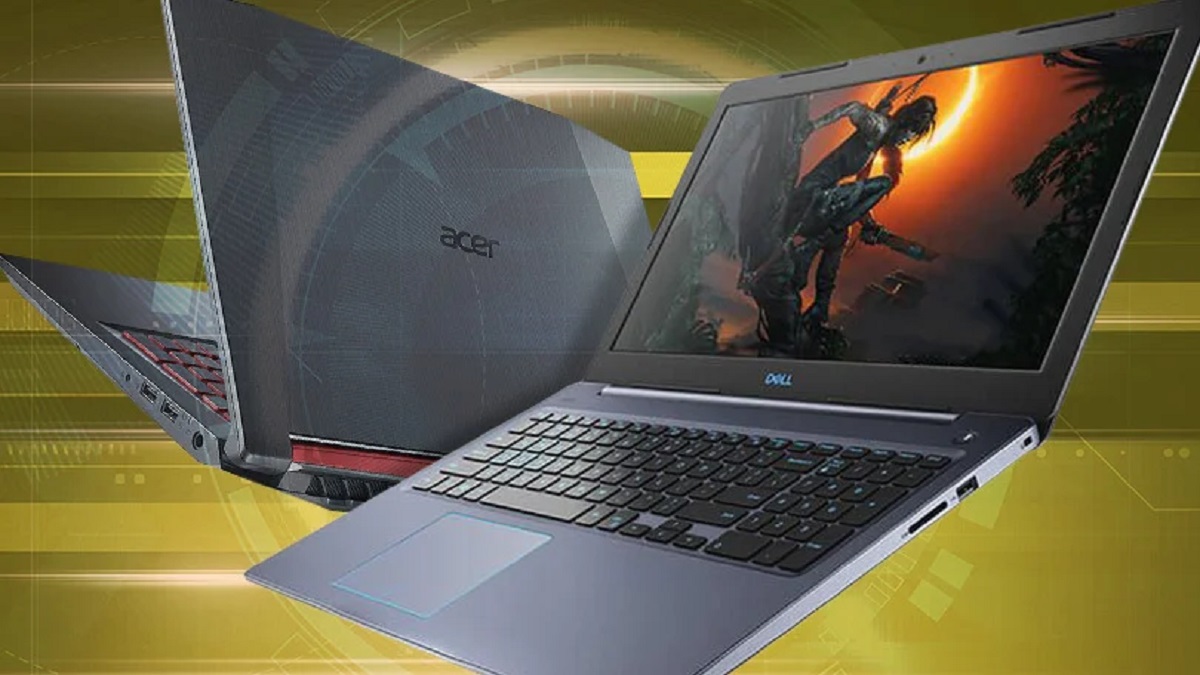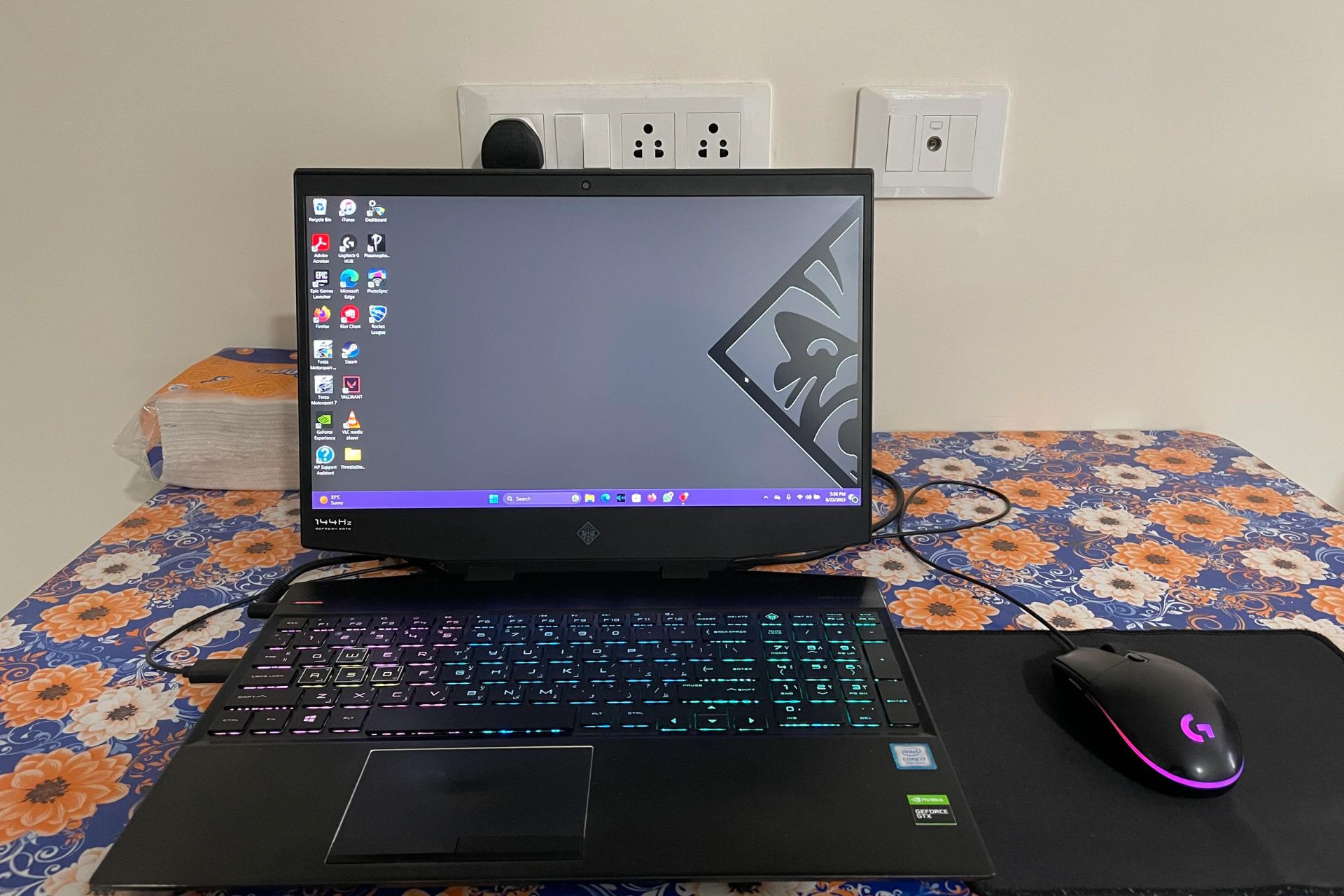Introduction
Are you looking for a way to sell your RAM? Whether you have upgraded your computer’s memory or have spare RAM modules lying around, selling them can be a great way to make some extra cash. With the advancement of technology, many people are in need of additional RAM to boost their computer’s performance.
In this article, we will guide you through the process of selling RAM step-by-step. From determining compatibility to packaging and shipping, we have got you covered. So, let’s dive in and learn how to sell RAM effectively and efficiently.
Selling RAM not only helps you declutter your space but also allows you to contribute to the circular economy by giving your hardware a second life. Recycling your RAM through selling it is not only environmentally friendly but also financially rewarding.
Before we get started, it’s important to note that the steps mentioned in this article can be applied to both new and used RAM modules. So, regardless of the condition of your RAM, you can still follow these steps to sell it and make some money.
So, without further ado, let’s begin the journey to selling your RAM!
Step 1: Determine Compatibility
Before you start selling your RAM, it’s important to determine its compatibility with other devices. RAM modules come in different types, speeds, and capacities, and not all RAM will work with every computer or device. Here’s how you can ensure compatibility:
- Check your computer’s specifications: Find out what type and speed of RAM your computer supports. You can usually find this information in the user manual or by searching online using your computer’s make and model.
- Identify the RAM type: RAM modules come in various types such as DDR2, DDR3, DDR4, etc. Make sure you know the specific type of RAM you have.
- Check the RAM’s capacity and speed: Take note of the RAM’s capacity (e.g., 4GB, 8GB, 16GB) and speed (e.g., 2400MHz, 3200MHz). This information is usually printed on the RAM itself.
- Consider compatibility with other devices: If you are selling RAM for laptops or other devices, check the compatibility requirements for those devices as well. Some laptops have specific RAM requirements or limitations.
Once you have gathered all the information about your RAM, you are ready to move on to the next step. Remember that accurately determining compatibility will help you attract potential buyers who are specifically looking for RAM that will work with their devices.
By ensuring compatibility, you can provide valuable information to potential buyers, and increase your chances of making a successful sale. Now that you have determined the compatibility of your RAM, let’s proceed to the next step.
Step 2: Gather Information about the RAM
Now that you have determined the compatibility of your RAM, it’s time to gather all the necessary information about the RAM you are selling. This information will help potential buyers make informed decisions and instill trust in your listing. Here are the key details to gather:
- Brand and model: Identify the brand and model of your RAM. This information is usually printed on the RAM module itself. Include this information in your listing, as some buyers may have preferences for specific brands or models.
- Capacity: Determine the amount of memory the RAM module has, such as 4GB, 8GB, or 16GB. Make sure to specify this in your listing, as it’s an essential factor for buyers looking to upgrade their devices’ memory.
- Type and speed: Note down the RAM’s type, such as DDR3 or DDR4, and its speed, measured in MHz. This information is crucial for buyers who need RAM modules that match their device’s specifications.
- Condition: Assess the condition of the RAM. Is it new, used, or refurbished? Mention any relevant details about the RAM’s condition, such as if it is still under warranty or if it has been tested for functionality.
- Additional features: If your RAM module has any additional features or specifications, such as RGB lighting or low-profile design, highlight them in your listing. These details can attract buyers who are seeking specific features.
Accurate and detailed information about your RAM will help potential buyers make informed decisions and increase the likelihood of a successful sale. Providing clear and honest details will build trust with potential buyers and ensure a smooth transaction process.
With all the essential information about your RAM gathered, you are now ready to move on to the next step: cleaning and testing the RAM to ensure optimal functionality. Let’s move forward on this selling journey!
Step 3: Clean and Test the RAM
Before listing your RAM for sale, it’s important to ensure that it is clean and in proper working condition. Cleaning and testing the RAM will not only improve its visual appeal but also instill confidence in potential buyers. Follow these steps to clean and test your RAM:
- Clean the RAM: Gently remove the RAM module from its packaging. Use a soft, anti-static cloth to carefully wipe away any dust or debris. Make sure to handle the RAM module by its edges to avoid damage from static electricity.
- Inspect for physical damage: Examine the RAM module for any visible signs of physical damage, such as bent pins or cracks. If you notice any issues, it’s best not to sell that particular RAM module, as it may not function correctly.
- Test the RAM: To ensure that the RAM is in proper working condition, insert it into a compatible computer or device. Power on the device and run memory diagnostics or stress tests to check for any errors or issues. If the RAM passes the tests without any errors, it is considered to be in good working condition.
- Document the testing process: Keep a record of the testing process, including the date, time, and results. This documentation will provide potential buyers with confidence in the functionality of the RAM module.
By cleaning and testing your RAM before listing it for sale, you are demonstrating a commitment to quality and ensuring that buyers receive a reliable product. Plus, a clean and tested RAM module will attract buyers and potentially lead to a quicker sale.
With the RAM module cleaned and successfully tested, you can now proceed to the next step: choosing the right platform to sell your RAM. Let’s explore the options available and find the best platform for your selling needs.
Step 4: Choose a Platform to Sell RAM
Now that your RAM is cleaned, tested, and ready to be sold, it’s time to choose a platform to list and sell your RAM. There are several options available, each with its own pros and cons. Consider the following factors when selecting a platform:
- Online marketplaces: Platforms like eBay, Amazon, and Craigslist provide a wide reach and potential for higher earnings. However, they often involve seller fees and require you to handle the listing, communication, and shipping process yourself.
- Specialized computer hardware forums: Websites and forums dedicated to computer hardware enthusiasts, such as HardForum and Tom’s Hardware, can be great options. These platforms have dedicated communities interested in buying RAM and often offer a more personal and trusted experience.
- Local classified ads: Listing your RAM on local classified ad platforms, such as Facebook Marketplace or Gumtree, can provide a convenient way to sell to buyers in your area. It may involve less shipping hassle and allow for potential face-to-face transactions.
- Trade-in programs: Some retailers and online stores offer trade-in programs where you can sell your RAM for store credit or cash. This option provides convenience, but the offered price may be lower compared to selling directly to buyers.
Consider your preferences, the selling fees, the level of involvement you want in the selling process, and the potential audience reach when choosing a platform. Research the fees, policies, and user reviews for each platform to make an informed decision.
Whichever platform you choose, ensure that you create an engaging and informative listing that showcases the key details and benefits of your RAM. High-quality product images, accurate descriptions, and competitive pricing will help attract potential buyers and increase your chances of making a successful sale.
Now that you have chosen a platform to sell your RAM, it’s time to move on to the next step: listing the RAM for sale. Let’s dive into the process of creating an appealing listing that will catch the attention of potential buyers!
Step 5: List the RAM for Sale
Now that you have chosen the platform to sell your RAM, it’s time to create a compelling listing that attracts potential buyers. The way you present your RAM can significantly impact its perceived value and the interest it generates. Follow these guidelines when listing your RAM for sale:
- Title: Craft a descriptive and attention-grabbing title that includes important information like the RAM’s brand, capacity, speed, and type. For example, “Corsair 8GB DDR4 3200MHz RAM Module – Brand New in Box.
- Description: Write a detailed and accurate description of your RAM, highlighting its key features, specifications, and any unique qualities. Include information about its compatibility, condition, any warranty, and the reason for selling. Be honest and transparent to build trust with potential buyers.
- Product images: Upload high-quality images of the RAM module from different angles. Ensure that the images are well-lit and showcase the RAM’s physical condition. Images taken against a plain background can help potential buyers assess the RAM’s quality easily.
- Pricing: Research the market value of similar RAM modules to set a competitive price. Consider the RAM’s condition, brand, capacity, speed, and any additional features when determining the price. Offering a fair and reasonable price will attract potential buyers and increase the likelihood of a sale.
- Shipping and payment options: Clearly outline your shipping methods, costs, and estimated delivery timelines. Specify the accepted payment methods, such as PayPal or bank transfers, and any additional fees or conditions involved.
- Keywords and search optimization: Incorporate relevant keywords in your listing to improve its visibility on the platform’s search results. Include terms like “RAM,” “memory module,” and relevant brand names and capacity details. However, ensure the keywords are used naturally and do not compromise the readability or cohesiveness of your listing.
When creating your listing, think from the perspective of potential buyers and provide all the necessary information they would need to make an informed decision. A well-crafted and informative listing will capture the attention of interested buyers.
Once your listing is live, be responsive to inquiries and provide prompt and helpful answers to potential buyers’ questions. Engaging with prospective buyers can build trust and increase the chances of a successful sale.
With your RAM listed for sale, it’s time to move on to the next step: communicating with potential buyers. Let’s explore the importance of effective communication and how it can facilitate a smooth selling process.
Step 6: Communicate with Potential Buyers
Effective communication is key to facilitating a smooth selling process and building trust with potential buyers. When engaging with potential buyers, follow these guidelines to ensure clear and efficient communication:
- Prompt responses: Respond to inquiries and messages from potential buyers in a timely manner. Prompt communication demonstrates your commitment to the sale and can help attract serious buyers.
- Provide additional information: Be prepared to answer any additional questions or provide extra details about the RAM module. Clear any doubts or concerns that potential buyers may have to instill confidence in their purchasing decision.
- Be honest and transparent: Communicate honestly about the RAM’s condition, any limitations, and warranty information. Transparency builds trust with buyers and ensures a positive experience for both parties.
- Negotiations: Be open to negotiations, but set realistic boundaries. Consider offers from potential buyers and remain flexible, while keeping in mind the fair value of your RAM module.
- Arrange secure payment methods: Discuss and agree upon secure payment methods with the buyer. Consider using trusted platforms like PayPal or escrow services for a safe transaction.
- Confirm shipping details: Before finalizing the sale, double-check the buyer’s shipping address and preferred shipping method. Ensure you agree on shipping costs and any additional services, such as insurance or tracking, to avoid any confusion or disputes later on.
Remember, effective communication helps build trust and ensures a positive selling experience for both parties. Be professional, friendly, and accommodating in your interactions with potential buyers.
In some cases, you may encounter potential buyers who are not serious or who try to negotiate unreasonably. Prioritize and dedicate your time to serious buyers who show a genuine interest in purchasing your RAM.
With clear and efficient communication, you can proceed to the next step: negotiating and finalizing the sale. Let’s explore how you can successfully navigate this stage of the selling process!
Step 7: Negotiate and Finalize the Sale
As you engage with potential buyers, you may encounter negotiation requests as buyers try to find a mutually agreeable price. Successful negotiation requires open communication and a willingness to find a compromise. Follow these tips to navigate the negotiation process and finalize the sale:
- Consider offers and counteroffers: Evaluate the offers you receive from potential buyers and consider their feasibility. If an offer is too low, be prepared to politely decline or provide a counteroffer that aligns with your desired price.
- Stay flexible but realistic: Be open to negotiations, but also maintain a realistic perspective on the value of your RAM module. Consider the fair market price and the condition of your RAM when negotiating.
- Establish clear terms: Clearly communicate the terms of the sale, including the final price, accepted payment methods, shipping details, and any additional agreements made during the negotiation process.
- Confirm buyer’s commitment: Ensure that the buyer is committed to completing the purchase before proceeding further. Verify their intention to finalize the sale and address any concerns or questions they may have.
- Agree on payment and shipping: Settle on the payment method and arrange the payment process with the buyer. Once the payment is confirmed, coordinate the shipping details, ensuring the RAM is packaged securely to prevent any damage during transit.
- Document the transaction: Keep records of all communications, agreements, and payment confirmations. This documentation can be valuable in case of any disputes or issues that may arise.
Throughout the negotiation and finalization process, maintain professionalism, patience, and good communication. Promptly address any concerns or questions raised by the buyer to ensure a smooth transaction.
Once the terms are agreed upon and the payment received, prepare the RAM module for shipment securely. Proper packaging and prompt shipping will contribute to a positive buying experience for the customer.
With the sale finalized, it’s time to proceed to the final step: packaging and shipping the RAM module securely. Let’s explore how to ensure the RAM arrives safely at its destination.
Step 8: Package and Ship the RAM Securely
Once the sale is finalized, it’s crucial to package and ship the RAM module securely to ensure it arrives safely at its destination. Proper packaging and shipping practices help maintain the RAM’s condition and provide a positive experience for the buyer. Follow these steps to package and ship your RAM securely:
- Gather packaging materials: Use an anti-static bag or wrap the RAM module in an anti-static material to prevent static damage. Get a sturdy box that provides enough space to accommodate the RAM module with cushioning material for protection.
- Cushion the RAM module: Place the RAM module inside the box and surround it with appropriate cushioning material, such as bubble wrap or foam peanuts, to safeguard against any impact or possible movement during transit.
- Seal the box: Close the box securely and use packaging tape to seal all the edges. Make sure the box is well-protected to prevent any damage or tampering during shipping.
- Label the package: Clearly write or print the buyer’s shipping address and your return address on the package. Include any necessary shipping labels or customs documents if shipping internationally.
- Choose a reliable shipping service: Research and choose a reputable shipping service that offers tracking, insurance, and reliable delivery. Consider the buyer’s preferred shipping method and estimated delivery time when selecting the service.
- Document the shipment: Keep a record of the tracking number, shipping service used, and any relevant shipping receipts or documentation. This information will be helpful in case of any inquiries or issues regarding the shipment.
- Notify the buyer: Inform the buyer about the shipment, providing them with the tracking number and estimated delivery date. This helps them track the package and anticipate its arrival.
Remember to take extra precautions when shipping internationally, as there may be specific customs requirements and additional paperwork to complete.
With the RAM module securely packaged and shipped, communicate with the buyer to ensure they receive the item and are satisfied with their purchase. Excellent customer service and follow-up can help build a positive reputation as a seller.
Congratulations! You have successfully completed all the steps to selling your RAM module. By following these guidelines, you have increased the chances of a smooth transaction and a satisfied buyer.
Conclusion
Congratulations on successfully selling your RAM module! By following the step-by-step process outlined in this guide, you have maximized your chances of a smooth and successful transaction. Let’s recap the key steps:
- Determine compatibility to ensure your RAM is suitable for potential buyers’ devices.
- Gather detailed information about your RAM, including brand, model, capacity, speed, and additional features.
- Clean and test the RAM to ensure it is in optimal working condition.
- Choose the right platform to list and sell your RAM, considering factors like fees, reach, and convenience.
- Create an engaging and informative listing that accurately showcases the RAM’s features and specifications.
- Communicate effectively with potential buyers, promptly responding to inquiries and addressing concerns.
- Negotiate and finalize the sale, reaching a mutually agreeable price and setting clear terms.
- Package and ship the RAM securely, using proper packaging materials and a reliable shipping service.
By following these steps, you have increased the chances of a positive experience for both you as the seller and the buyer. Your attention to detail, clear communication, and commitment to customer satisfaction will set you apart and potentially lead to future sales.
Remember, providing accurate information, managing buyer expectations, and delivering high-quality products contribute to building a reputable and trusted seller profile. This enables you to attract more potential buyers for future sales.
Thank you for taking the time to learn how to sell your RAM effectively. We hope this guide has provided valuable insights and practical tips to support your selling journey. Good luck with your RAM selling endeavors!







